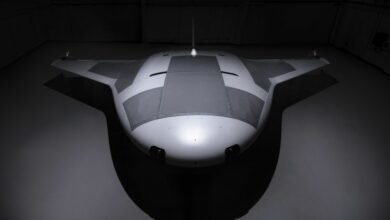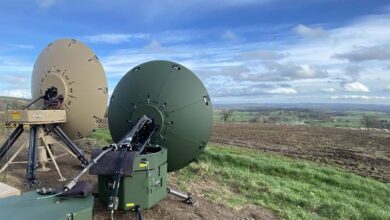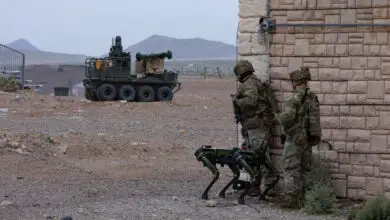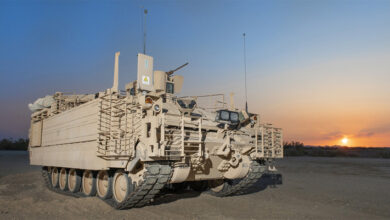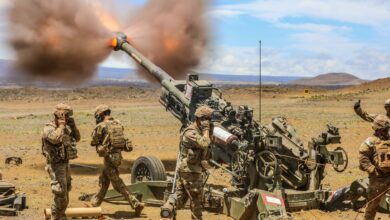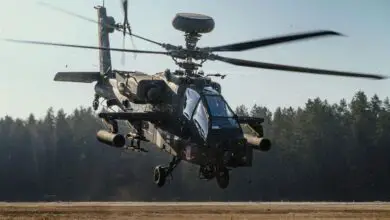US Military Seeks Wing-in-Ground Effect Vehicle for Naval Operations
The Pentagon’s Defense Advanced Research Projects Agency (DARPA) has sought ideas to help develop “novel seaplanes and Wing In Ground effect (WIG) capable vehicles.”
A WIG craft flies over water or a surface by using the ground effect, which is the aerodynamic lift a vehicle generates while being close to the surface.
Constraints of Current Platforms
DARPA explained in its Request for Information (RFI) that “traditional sea and air lift platforms have significant operational constraints that limit flexibility.”
While such platforms “provide highly efficient transportation of large payloads” and fly fast, they require transit times of days to weeks and are dependant on attendant facilities such as highly developed ports. This limits their capability to support maritime operations, DARPA wrote.
On the Vertical Takeoff and Landing (VTOL) and other maritime aircraft, the solicitation said that they “have limited range/payload capacities and are dependent on shipboard or shore-based servicing and launch and recovery infrastructure.”
WIG Aircraft
The RFI acknowledged that having a WIG aircraft would address many of the constraints of the sea and air lift platforms. However, WIG aircraft have their share of restrictions too while operating in “high sea states,” the solicitation underlined. For example, WIG aircraft are incapable of avoiding collision in a congested environment.
DARPA, therefore, solicits designs of aircraft that address major limitations of the sea and air lift platforms. It clarified that it solicits designs based on the WIG concept, albeit with significant additional capabilities, which include “takeoff and land in the water for runway independence,” low-cost manufacturing techniques, and at least 100 tons of operational payload capability.


